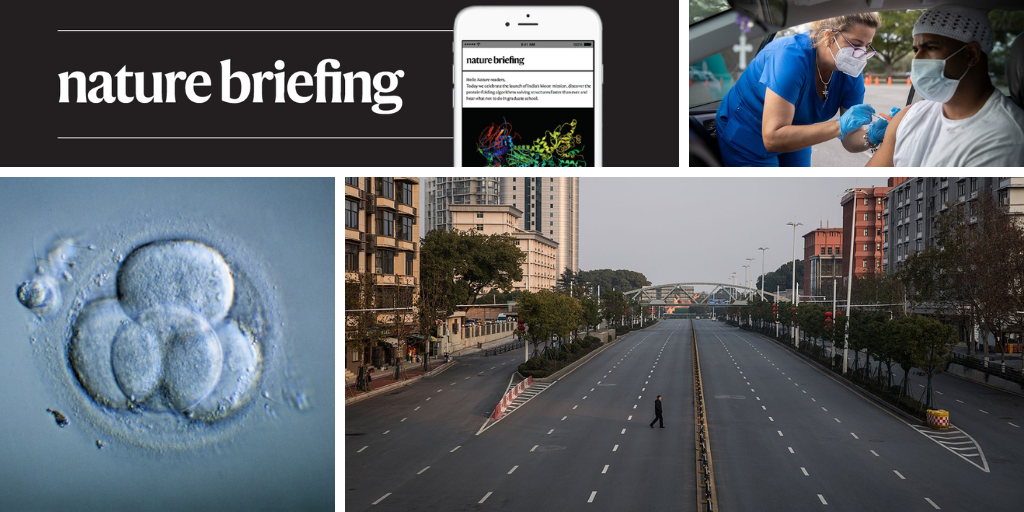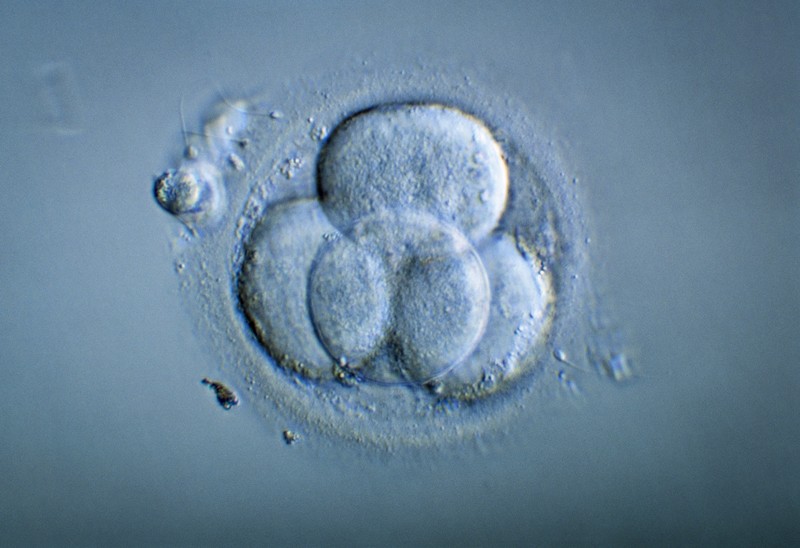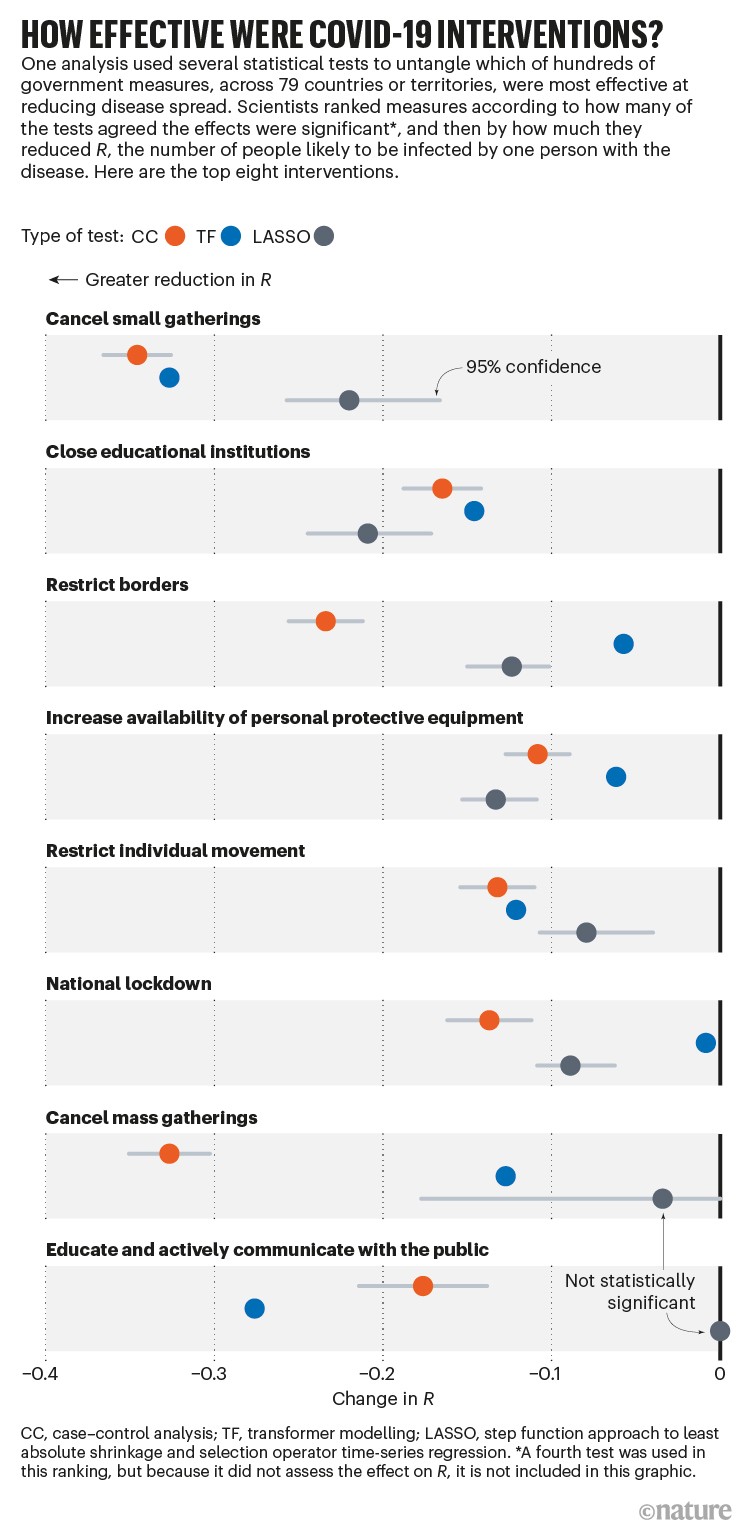Hello Nature readers, would you like to get this Briefing in your inbox free every day? Sign up here.
A technique that can replace damaged mitochondrial DNA with DNA from a donor doesn’t seem to affect normal early development of human embryos. The first safety assessment of one method to create babies with genetic material from three people comes several years after the first baby conceived using the technique was born, in 2016. Mitochondrial donation is designed to prevent mothers with defects in their mitochondria from passing them on to their offspring. But so far, the controversial technique is allowed in only a few places, including the United Kingdom and Australia. Scientists hope the latest study will help regulators in more countries assess the merits of the procedure.
Reference: PLoS Biology paper
Two needle-free COVID-19 vaccines have been approved for use in China and India.
The Chinese vaccine, produced by biotechnology firm CanSino Biologics, is inhaled through the nose and mouth as an aerosolized mist. It has been approved as a booster.India’s vaccine, developed by Bharat Biotech, is administered as drops in the nose. It has been approved as a two-dose primary inoculation.Other mucosal vaccines are out there — one made by Razi Vaccine and Serum Research Institute has been approved in Iran, and Russia has reportedly approved an intranasal spray version of the Sputnik V vaccine. But scant data are available on their efficacy.
Vaccine developers hope that these ‘mucosal’ vaccines will prevent even mild cases of illness and block transmission to other people, achieving what’s known as sterilizing immunity. It’s a high bar, and more research is needed: neither company has published data from phase III clinical trials.
As Russia puts pressure on European gas supplies, CERN, Europe’s particle-physics laboratory, is making plans to shut down some accelerators during periods of peak energy demand. The lab consumes close to 200 megawatts of power at peak operation and is among France’s largest consumers of electricity. CERN is accustomed to managing its huge energy needs: it already shuts down accelerators over the power-hungry Christmas period. “Our concern is really grid stability, because we do all we can to prevent a blackout in our region,” said CERN’s energy coordinator Serge Claudet.
The Wall Street Journal | 6 min read
Features & opinion
Scientists have been studying the effects of lockdowns during the pandemic to quantify their benefits and costs. They have reached some conclusions: countries that quickly brought in stringent measures did best at preserving both lives and their economies, for instance. But it’s fiendishly difficult to tease out which of the grab bag of lockdown policies — from closing schools to ordering people to stay at home — had the most effect. And conclusions often come down not to scientific calculations, but to value judgements, such as how to weigh costs that fall on some sections of society more than others. That is what makes lockdowns so hard to study — and can lead to bitter disagreement.
Miniature tracking devices are routinely attached to a vast range of species — from songbirds to whales — to collect detailed data on their movements, behaviour and physiology. But most of the data they gather is stored on personal hard drives or institutional servers, inaccessible to the wider community. Christian Rutz, the founding president of the International Bio-Logging Society, argues for a global registry for all tags on wild animals.
If you want to predict the behaviour of cells, you need to understand how they’re wired. But determining the interactions that control gene expression is complicated. Researchers are developing computational modelling tools that infer gene-regulatory networks. Once scientists can work out the cellular wiring, they can tinker with it to engineer cells or repair them. “Arguably, it’s the most important problem in biology,” says Jason Buenrostro, co-director of the Gene Regulation Observatory at the Broad Institute in Cambridge, Massachusetts.









More News
Judge dismisses superconductivity physicist’s lawsuit against university
Future of Humanity Institute shuts: what’s next for ‘deep future’ research?
Star Formation Shut Down by Multiphase Gas Outflow in a Galaxy at a Redshift of 2.45 – Nature